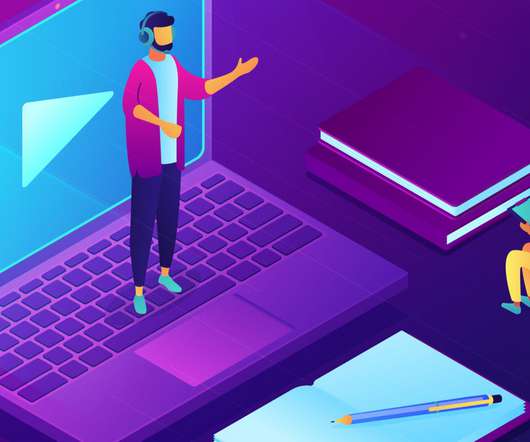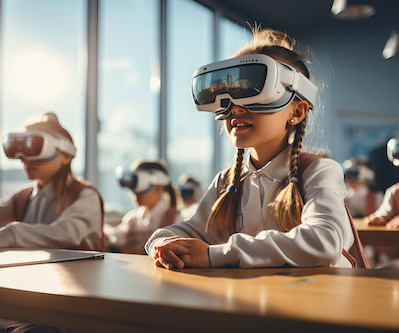The 3 Biggest Remote Teaching Concerns We Need to Solve Now
Edsurge
APRIL 2, 2020
Privacy and Student Data During these pressing circumstances, many educators are curating and sharing digital tools, strategies, and tips for remote teaching with their networks. Microsoft has developed new tools for accessibility, such as Immersive Reader which allows users to adjust how text is presented (e.g.,

















Let's personalize your content